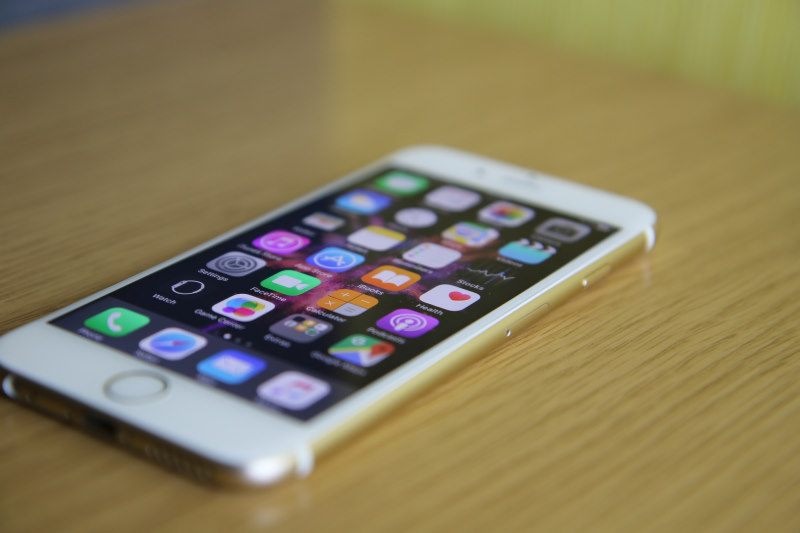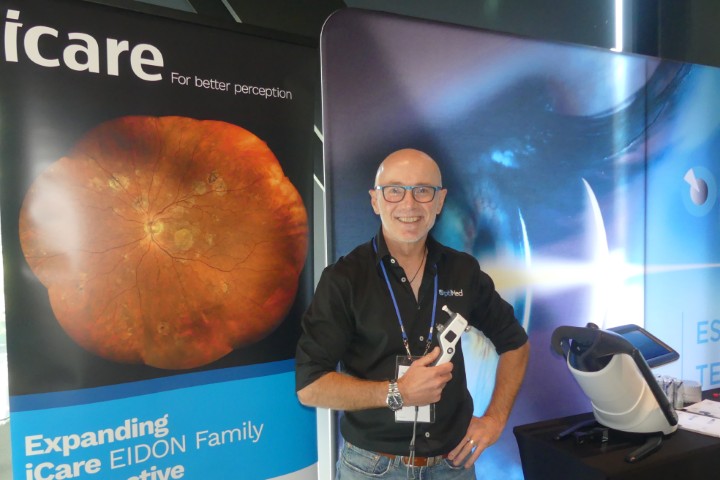Uncalibrated smartphones can lead to misdiagnosis
Clinicians who use smartphones to capture photographs of patients’ eyes risk misdiagnosis if their cameras are not calibrated, say researchers from Anglia Ruskin University in the UK.
Smartphones are increasingly being used in conjunction with ophthalmic imaging equipment, such as the eyepiece of a slit lamp, because of their portability, ease of use and relative low cost. However, camera colour sensors vary and as a result, images of the same eye may appear different depending on the model of smartphone used.
The researchers, from the university’s Vision and Eye Research Institute, took 192 images of eyes in autofocus mode with the iPhone 6s, the Google Nexus 6p and the Bq Aquaris U Lite. They also used two different lighting levels. The images were duplicated and one set was white balanced and colour corrected (calibrated) and the other left unaltered.
The study found the iPhone results were significantly different from the other two devices when computing relative redness of each eye, and when compared to a clinician’s diagnosis. However, when the images were calibrated, the differences between lighting levels and camera types were significantly less and differences between the smartphones reduced by approximately 30%.
“Camera manufacturers have their own autofocus algorithms and hardware specifications, and this means different cameras can produce different results for the same scene. It is important that clinicians bear this in mind,” said lead author Carles Otero.
“Our results show that while the clinician’s subjective evaluation was not affected by different cameras, lighting conditions or optical magnifications, calibration of a smartphone’s camera is essential when extracting objective data from images. This can affect both telemedicine and artificial intelligence applications.”


























